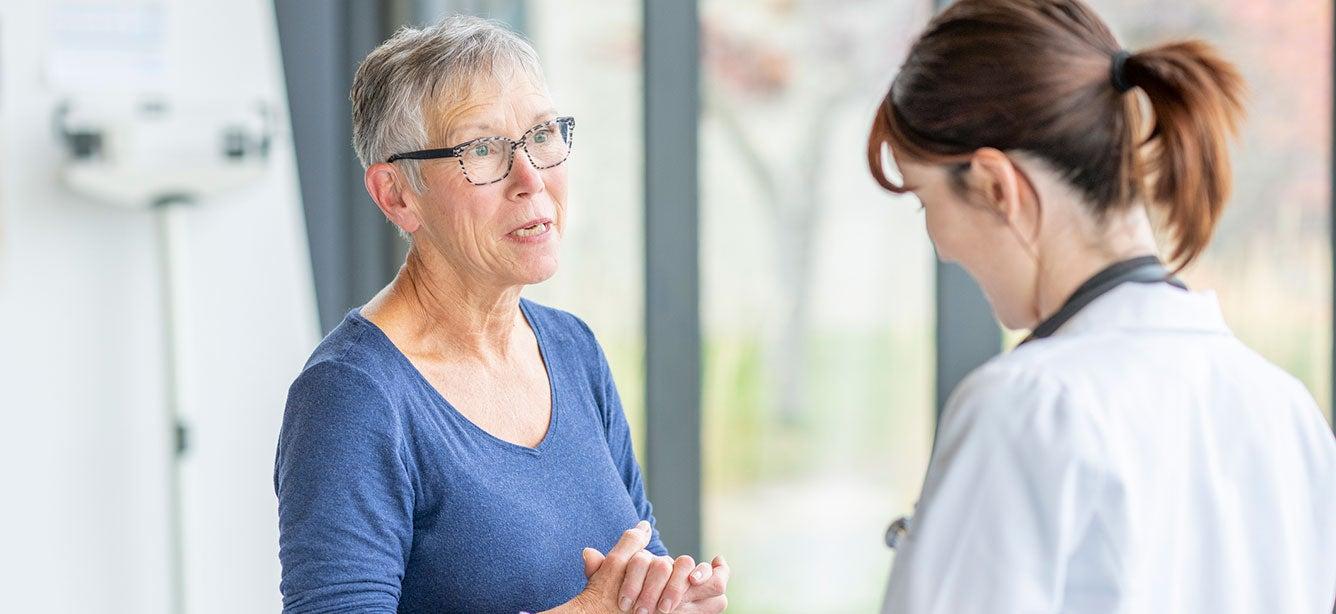Helping Lower-Income Adults Afford Medicare: National and State by State Facts
5 min read

At 68, Dora was living on just $430 a month from her husband’s Social Security. Medicare was deducting $165 a month for the Part B premium. That left Dora just $265 a month to cover rent, utilities, food, and all her other daily expenses.
A benefits counselor at the Center for Independence of the Disabled in New York helped Dora apply for Medicare Savings Program, which will save her $1,979 in 2024. The counselor also helped Dora apply for an affordable unit at a senior housing complex. Today, Dora has the support she needs to live with the dignity and security she deserves.
Thanks to federal funding that supports efforts to find and enroll low-income people on Medicare into benefits they are eligible for, low-income older and disabled adults receive assistance that can help them to afford their prescription drugs and doctor visits. See how this funding helps nationally and in specific states, and how many people are still missing out on benefits they are eligible for. We'll be adding more state fact sheets to this page.
- Nationally, 4.7 million lower-income older adults were connected to benefits in 2023-2024, but continued federal funding is needed to reach many of the estimated 20.3 million Medicare beneficiaries who are living at or below 150% of the federal poverty level.
At the state level, connecting to benefits looks like:
- Alabama
- Alaska
- Arizona
- Arkansas
- California
- Colorado
- Connecticut
- Delaware
- Florida
- Georgia
- Hawaii
- Idaho
- Illinois
- Indiana
- Iowa
- Kansas
- Kentucky
- Louisiana
- Maine
- Maryland
- Massachusetts
- Michigan
- Minnesota
- Mississippi
- Missouri
- Montana
- Nebraska
- Nevada
- New Hampshire
- New Jersey
- New Mexico
- New York
- North Carolina
- North Dakota
- Ohio
- Oklahoma
- Oregon
- Pennsylvania
- Rhode Island
- South Carolina
- South Dakota
- Tennessee
- Texas
- Utah
- Vermont
- Virginia
- Washington
- West Virginia
- Wisconsin
- Wyoming
